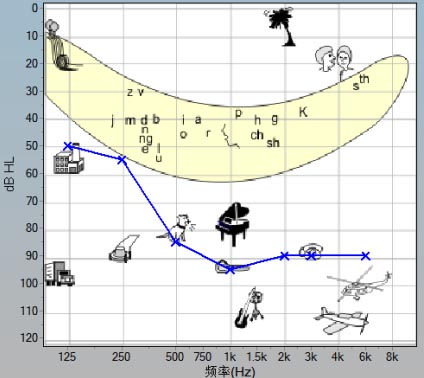Hearing: the external sound will make the surrounding air vibrate. This kind of vibration will pass through the external auditory canal to the tympanic membrane, causing the tympanic membrane vibration (air conduction). The vibration of the tympanic membrane is transmitted to the inner ear through the three ossicles, which stimulates the auditory receptors in the cochlea and produces nerve impulses. After the impulse along with the auditory nerve, to the auditory center of the cerebral cortex, the formation of hearing (bone conduction). The range of human hearing is 20-20000 Hz per second. From the auditory point of view, the outer ear and the middle ear have the function of guiding sound; The inner ear can receive sound waves (hearing) and balance stimuli (balance sense).

(1) Conductive deafness -- deafness caused by the obstruction of the way of external sound into the ear (< 60dB)
(2) Sensorineural deafness -- deafness caused by pathological changes of inner ear hair cells or auditory nerve and auditory center (presbycusis)
(3) Mixed deafness -- both conductive deafness and sensorineural deafness

香蕉形图代表所有构成人类正常谈话的声音– 根据英文发音言语绘制

Listening diagram
Classification of hearing loss:
0-15db normal
15-25DB slight hearing loss
26-40dB mild hearing loss
41-55db moderate hearing loss
56-70db moderate to severe hearing loss
71-90db severe hearing loss
>90dB very severe hearing loss
As shown in the figure on the left:
Left ear (blue x): low frequency hearing is normal, gradually transition to high frequency severe hearing loss.
Right ear (red O): moderate to severe hearing impairment

Auditory effect:
Patient's left ear: can hear low to medium frequency sound, but can't hear high frequency sound.
Patient's right ear: no normal sound (low to high frequency) can be heard
Comprehensive hearing: the sound can be heard by the left ear, but it is difficult to hear in noisy environment.

